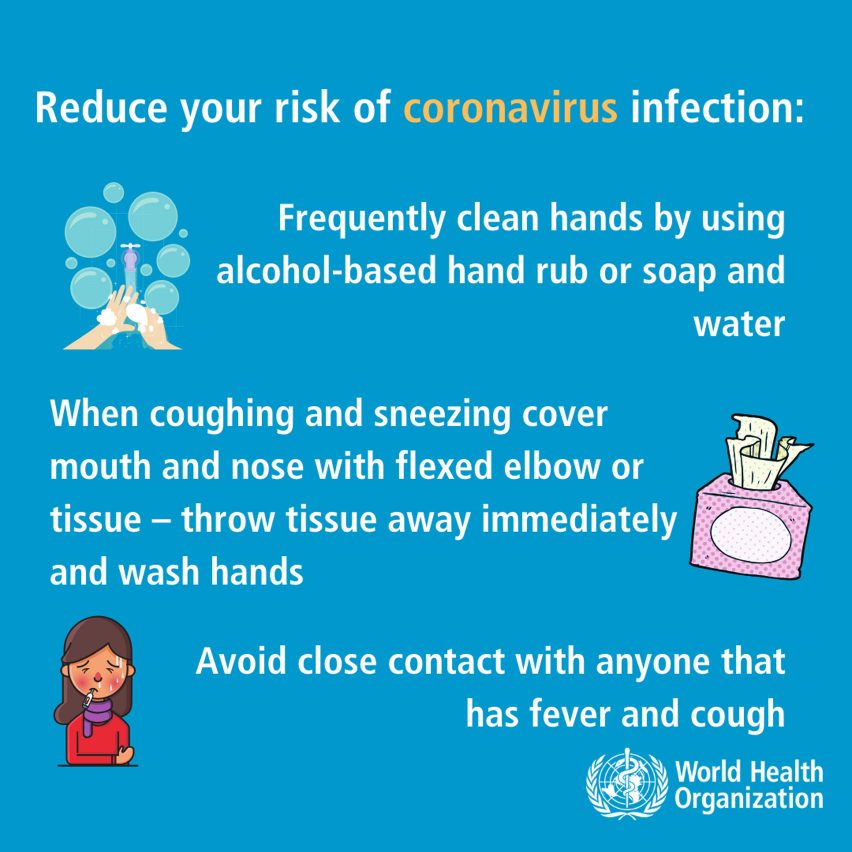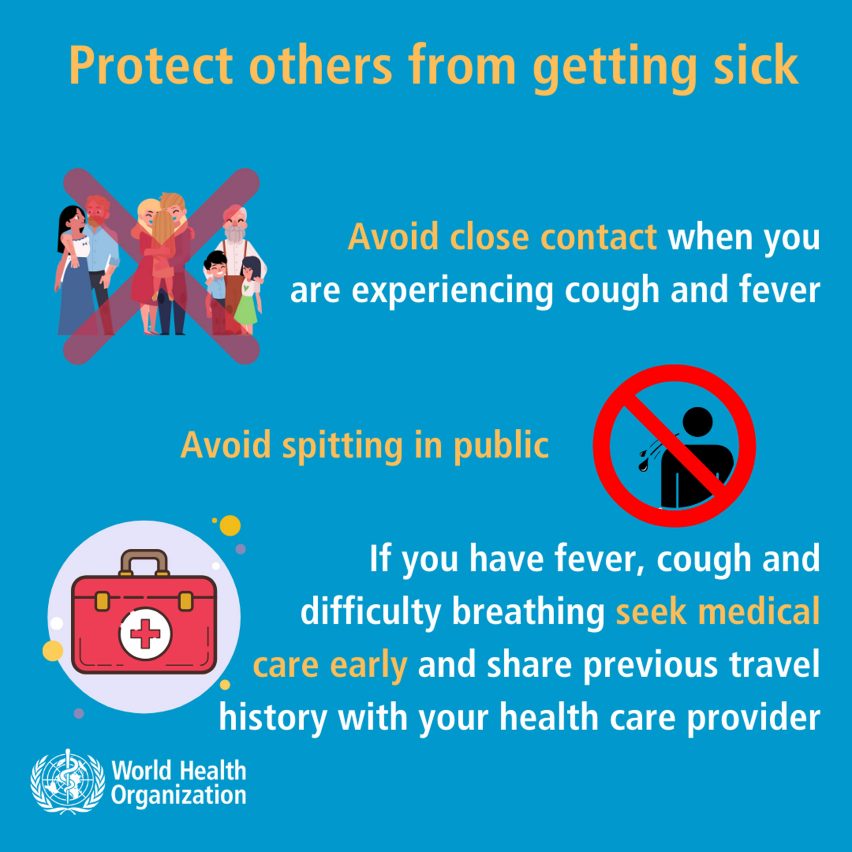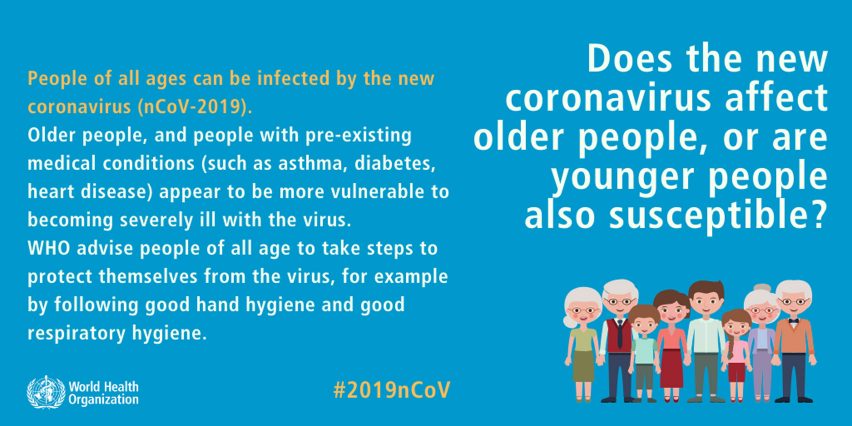
UN and WHO launch Global Call Out To Creatives to make informative coronavirus visuals
The United Nations has launched an open competition for creatives to design informative works that accurately communicate public health messages in a bid to "flatten the curve" of the coronavirus pandemic.
Initiated by the United Nations (UN) through the World Health Organisation (WHO), the Global Call Out To Creatives is an open brief that asks for designers to create visual content explaining what steps people can take to slow the pandemic.
These creations – from graphics and videos to music and solidarity ideas – will be approved by WHO before being distributed, in order to prevent the spread of misinformation.

"We are in an unprecedented situation and the normal rules no longer apply," said United Nations secretary-general António Guterres. "We cannot resort to the usual tools in such unusual times."
"The creativity of the response must match the unique nature of the crisis," he continued, "and the magnitude of the response must match its scale."

Content creators are asked to interpret the information provided in the UN's open brief hub in a fun and engaging way. The UN will regularly review submissions and shortlist the most suitable work to be presented on a microsite, which is accessible to all.
This includes supporting media, brands and influencers across the globe who can download the work and share it across their platforms in support of the cause.
The organisations hope that this will enable creatives to disseminate critical public health messages across cultures, communities and platforms to reach as wide an audience as possible.
While the campaign aims to ensure all countries are ready to prevent, detect and respond to the pandemic, it is particularly targeting the communities who can still avoid or minimise their exposure to the virus.
"By reaching out to creatives around the world, we hope to inspire creators, influencers, talent, networks, media owners [and more] who can take these key messages and bring their own magic to them – a creative twist, a cultural quirk, an interpretation which helps amplify them to audiences we are not yet reaching," said the UN.

In an attempt to get the most effective messages across, the UN has narrowed down what it thinks are the most essential areas of public action into six "mini-briefs". These focus on personal hygiene, social distancing, knowing the symptoms, being kind, myth busting and encouraging donations.
Each brief comes with its own resources available on the online hub for creatives looking to create campaigns and content.
The personal hygiene brief, for example, outlines the identified four areas for creatives to focus on: hand washing, reducing face-touching, respiratory hygiene and staying home.
Inspiration for this theme includes the #SafeHands Challenge, a sing-along hand wash, or #NoHandshake alternatives, and the UN suggests a fact-based yet "jovial" tone for the creation.

Creators can contribute their content to the campaign by filling out a form included on the UN's open brief outline, which comes as part of the organisation's online resources.
Each of the graphic designs, videos or audios that are created and shared will be considered for co-branding and distribution through the UN and its partner platforms.
Justified studio – the name behind the visual identity for the Museum for the United Nations – created an animation to promote the campaign.
Graphic designers have already been creating illustrations to spread positive messages during the coronavirus pandemic. Reporter Harry Stevens created infographics for the Washington Post to explain how coronavirus spreads, while cartoonist Toby Morris and microbiologist Siouxsie Wiles designed animated illustrations to explain the importance of social distancing.
Animation is by Justified studio. Images are supplied by the UN on its online hub as examples.